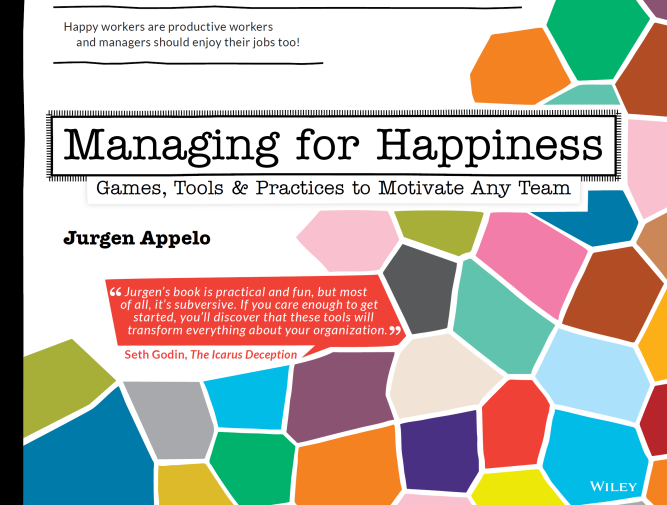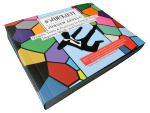The big checklist that I used while writing my new book #Workout contained the following…

How to Write a Book: Structured or Emergent
I believe most authors apply the hybrid approach to writing. They start anywhere they want, either with a logical outline or with some random writing, but then they bounce up and down continuously to ensure that their writing has both structure and surprise.
Once upon a time, one of my best friends started writing a book. He has been writing it for a long, long time. And he’s still writing it. I’m sure he could have finished the book a year ago, if he simply had considered for a moment his most suitable approach to writing. He hadn’t. Which is why he is still (re)writing, and why he recently told me, “I will never write a book this way again.”
The Writing Process
There are three approaches to writing: the structured method (top-down), the emergent method (bottom-up), and the hybrid method (up-and-down).
With the structured approach to writing, you start with a purpose (“why should I write”) and a target audience (“who should read it”). You then create a list of topics, an outline of the book chapters, and you start filling in all the blanks, until the book is done. Easy. 🙂 Basically, this is how I wrote courseware materials in the past, and how I structured most of the writing process of my first book, Management 3.0. Some benefits of this approach are a logical flow and a consistent whole. If you do it well. Obviously.
With the emergent approach to writing, you just write about whatever comes to mind, based on the things you experience, the ideas you generate, the conversations you have with people, or the direction in which your dog barks. The more you write, the more you can discover what topics interest you most, and a structure may emerge over time. No guarantees. This has been the main approach to my new #Workout book, and the benefits are spontaneity, creativity, and surprise. If you have it in you.
Both approaches are extremes. I believe most authors actually do something in the middle, which is the hybrid approach: You start anywhere you want, with a logical outline or with random writing, but you bounce up and down continuously to ensure that you have both structure and surprise, logic and creativity. Sometimes you write something weird to add some playfulness to your flow; sometimes you go back to tighten the stories and add some discipline to the creativity.
What Is the Best Approach?
It depends!
It depends on what kind of book you’re writing, the kind of readers you want, and the type of information in the book. If you’re good, you will probably use a hybrid approach, but you are also likely to lean a bit either toward structure (as I did with my first) or toward emergence (as I did with my last). It’s your book, your choice.
The only way you can go wrong is to not think about it at all. And then you could be writing, unhappily, forever after.
p.s. This text emerged. When I started writing an hour ago, I had no idea what would come out. However, the topic “write about writing” was on my list for today, because I have an outline of topics in a series. You see? It’s the hybrid approach again. I let structure meet emergence.
photo credit: (c) 2015 Wellness GM, Creative Commons 2.0
Other articles in this series:
- 13 Business Models for Book Authors
- How to Pick a Book Title (in 7 Steps)
- How to Define Your Target Audience... with Questions
- How to Write a Book: Structured or Emergent
- How to Design a Book Cover... 5 Rules
- How to Design a Book… Make It an Experience
- How to Create a Book’s Front and Back Matter
- How to Write a Book… with Feedback and Options
My new book Managing for Happiness is available from June 2016.







